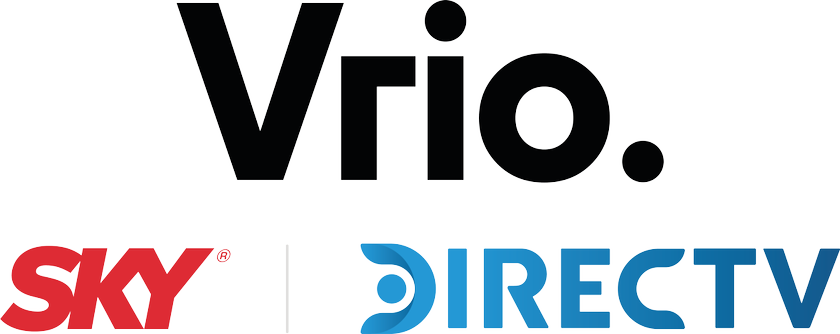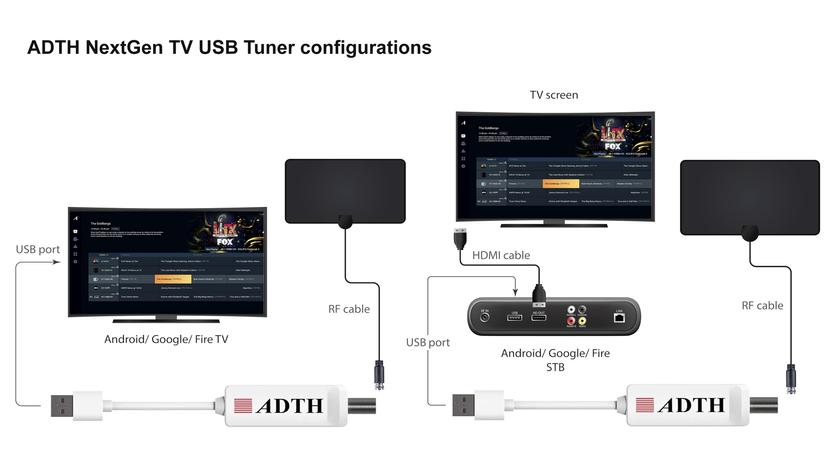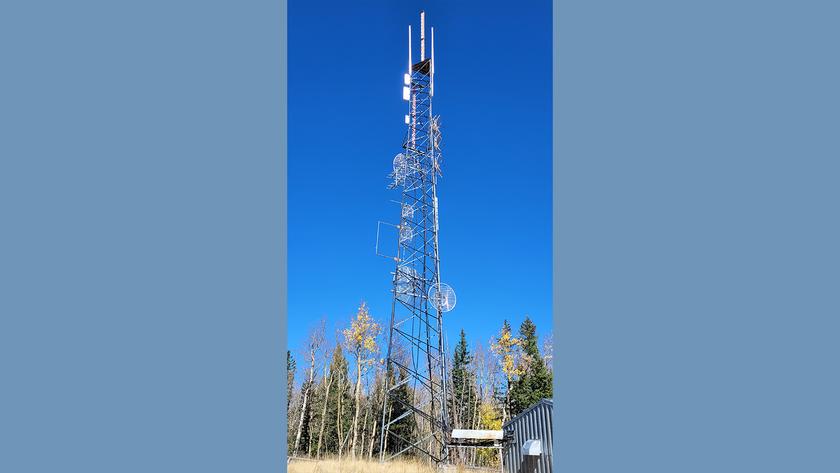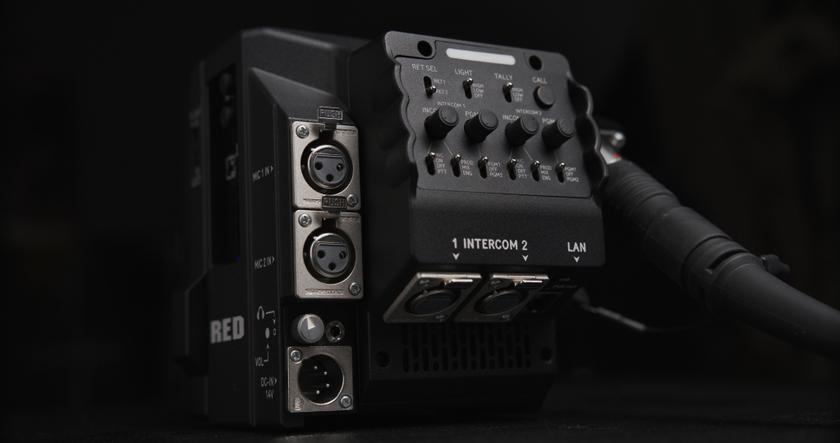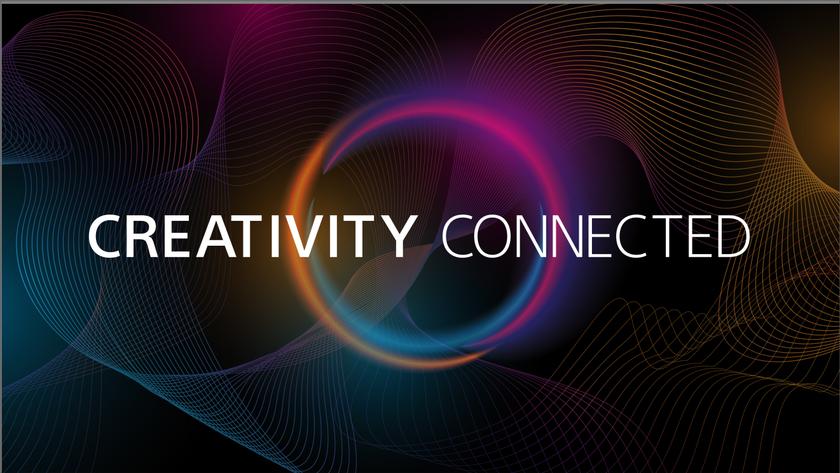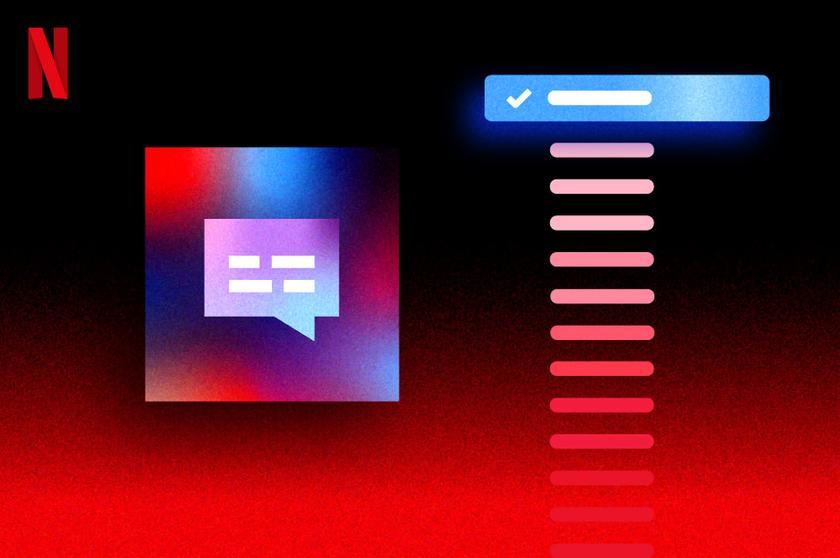Magid Survey: Viewers 'Like' ATSC 3.0 Features
WASHINGTON—Folks are big on the capabilities the emerging broadcast transmission standard is designed to provide, according to a survey from Frank N. Magid Associates and sponsored by Pearl TV and Sinclair Broadcast Group. Magid polled more than 500 smart TV owners in the United States and found that “consumers overwhelming see next-generation television as a way to improve their viewing experience, with 68 percent rating the new capabilities of the ATSC 3.0 standard as very appealing.”
“Consumers clearly show a desire to take full advantage of the capability of 4K Ultra HDTV combined with HDR displays, including the amazing audio capabilities that the new broadcast standard will make possible,” said Robert Crawford, senior vice president at Frank N. Magid Associates. “Our research shows that more than two-thirds of those surveyed believe the new standard will result in a better viewing experience because of bigger and better picture, more free channels, better audio quality, and enhanced interactivity.”
Sixty percent of those who responded to the survey don’t already own a 4K Ultra HDTV, but said they are interested in purchasing one. More than half of those surveyed said they would be looking for a product that offered high dynamic range to enhance viewing. More than two-thirds of those surveyed said they liked the idea of enhanced emergency alerts on all devices. And they appreciated the fact that broadcast services will likely work even when cell reception and traditional cable service would be down and out of service.
The new ATSC 3.0 next generation TV standard is also expected to be a transformative technology for broadcasters, allowing television stations to deliver Ultra HDTV and HDR signals, enhanced audio, hybrid broadband and linear TV experience, improve emergency alerting and accessibility features, send video-on-demand content, and even enhanced advertisement targeting to reach specific segments of viewers.
This spring 2016 survey featured respondents in the 25-34, 35-44, and 45-54 age groups.
Get the TV Tech Newsletter
The professional video industry's #1 source for news, trends and product and tech information. Sign up below.



